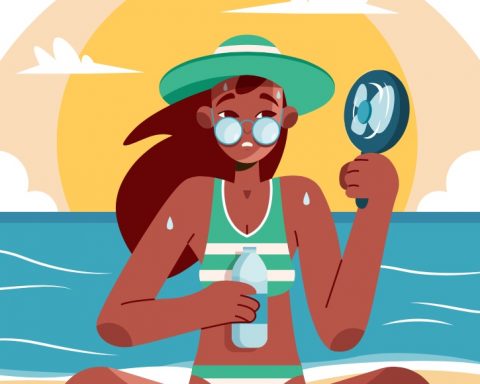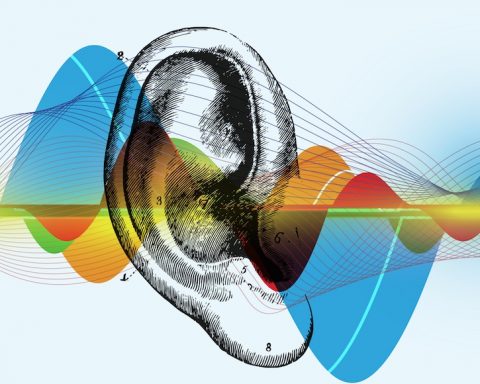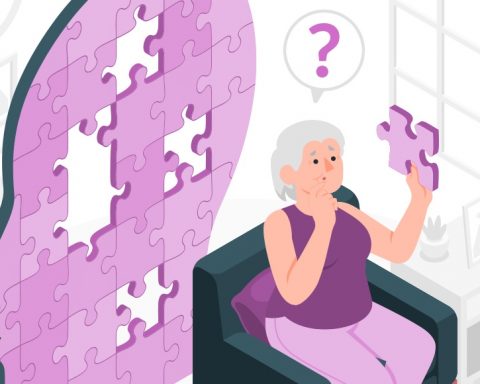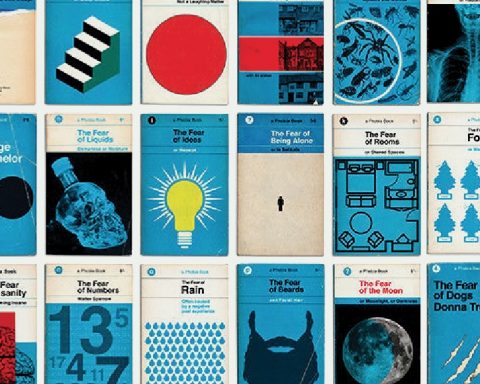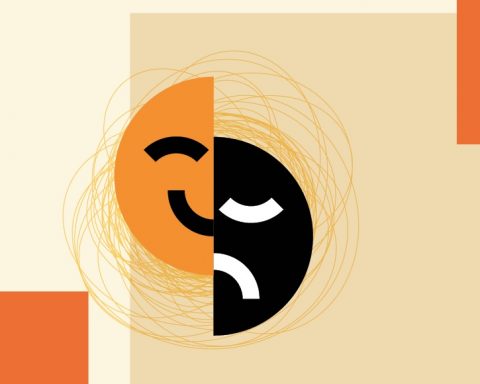“Eating dirt is beneficial for children: it builds their immune system!” The old wives’ tale reassures mums who watch in dismay their tots nibbling at the sandbox or licking the floor.
But what if it becomes a habit?
If this behaviour continues consistently and sometimes compulsively, you may want to seek medical attention, in particular, if they are pre-teens, teens or young adults.
Pica is diagnosed through the medical history of the patient, usually after a series of acute episodes, whether or not resulting in a trip to A&E – although medical attention is always advisable if you’re concerned your child may have swallowed something dangerous.
If relatively big quantities of substances with no nutritional value, toxic or dangerous for the body, like rusty scraps, glass, plastic, wood, soap, pebbles, metal, ash, are ingested voluntarily, consciously and repeatedly for a month at least, it is advisable to make a GP appointment to discuss treatment, whether pharmacological or psychological.
The incidents must be acknowledged as developmentally and culturally inappropriate to qualify for a pica assessment.
In fact, some cultures consider acceptable and actually advisable the ingestion of non-food items like clay or charcoal to treat dysentery, or flowers or ash for ritual purposes: in these cases, pica is ruled out because ingestion is not the consequence of a recurring impulse, but an informed choice.
Children under two years of age do mouth objects to explore the world and this leads to accidental ingestion, but it doesn’t mean to be a pica telltale, unless they throw mealtime tantrums as a consequence.
However, pica seldom causes loss of appetite for conventional food, and sufferers tend to binge on non-food items on a whim.
Often it is a sign of mild or severe malnutrition and it can be corrected by identifying the missing nutrient(s) and modifying the diet accordingly.
There are no path-lab tests to ascertain pica, but iron and other minerals deficiency tests are advised, because the disorder may subside as soon as supplements are introduced in the diet and the chemical balance is restored.
The patient should also be tested for potential side effects of the substances ingested, for example for lead poisoning if they ate paint flakes, or intestinal blockages if they went for paper or hair, and for viral or bacterial infections if they ate contaminated matter – urgently in case of their own excrements, which isn’t uncommon for potty-training toddlers.
It is frequent for pregnant women to crave for non-food, especially pebbles, so they must discuss it with their obstetrician as soon as it happens. Furthermore, amylophagia (cravings for purified starch) may indicate gestational diabetes.
A sudden desire for chalk for example can be an instinctual cry for help from their bodies that are lacking in calcium for the baby’s bones. They should then redirect their attention towards cottage cheese or brown bread.
Pica may also be a side effect of mental disorders and it can lead to spotting the early signs of autism or schizophrenia. Here, the patient can be dissuaded from consuming non-food items with the offering of treats of the same aspect, such as chocolate if they want wood, or jelly beans if they fancy flower petals.
Pica may follow trichotillomania, the hair pulling disorder, when the patient ingests or tries to ingest any pulled hair (trichophagia), and excoriation, when scabs and skin are picked, as well as onychophagia, caused most of the time not by sulfur deficiency alone, but by anxiety and a lower degree of self-harm tendencies.
Pica was first described by Hippocrates and later named after the Latin word for magpie, a bird popularly believed to steal and be able to digest everything.
Subtypes are named after the Greek word for the substance ingested: geomelophagia for raw potatoes (watch out! Uncooked spuds can be poisonous!); xylophagia for wood and paper; acuphagia for sharp objects; hyalophagia for glass; lithophagia for stones; cautopyreiophagia for spent matches, and so on.
Bodily fluids make the list too with mucophagia, emetophagia, urophagia, coprophagia and hematophagia: these must be taken very seriously since they are the cry for help from a malnourished body in such desperate need for nutrients to be prepared to recycle its own refuse.
This article is aimed at being informative only with no medical pretense. Consult your GP if you suspect someone is suffering from the condition described.





